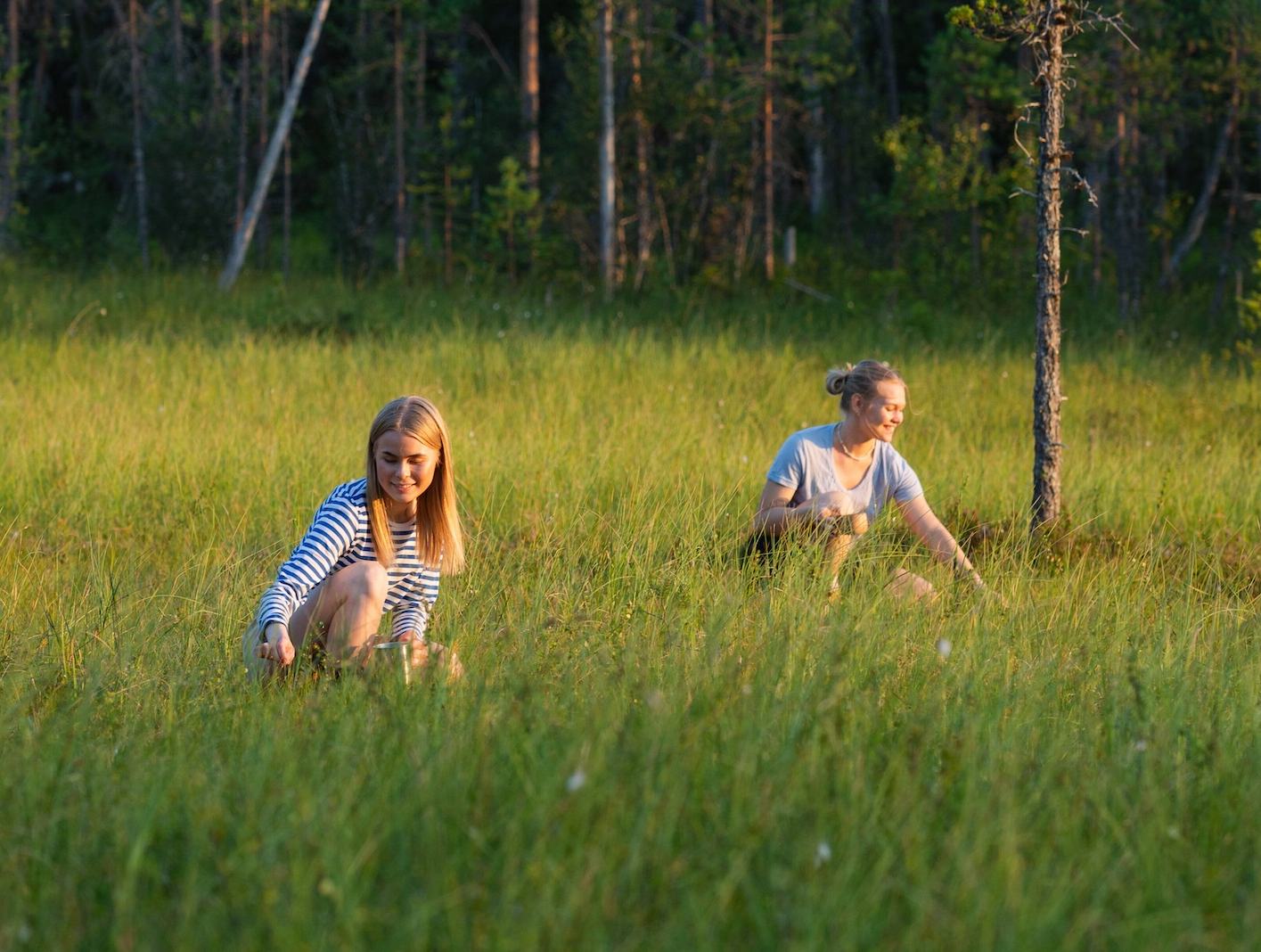Finland's travel industry is taking concrete steps for biodiversity and preservation
What if travel didn’t just leave no trace but actually helped nature flourish?
That’s the idea behind regenerative thinking. In Finland, destinations, travel companies and communities are taking real action to improve biodiversity, restore ecosystems and deepen our connection to the natural world. Visitors may not always be involved directly but their presence, support and curiosity still play a part.
Here are real-life examples of how Finnish destinations and travel companies are helping nature heal.
